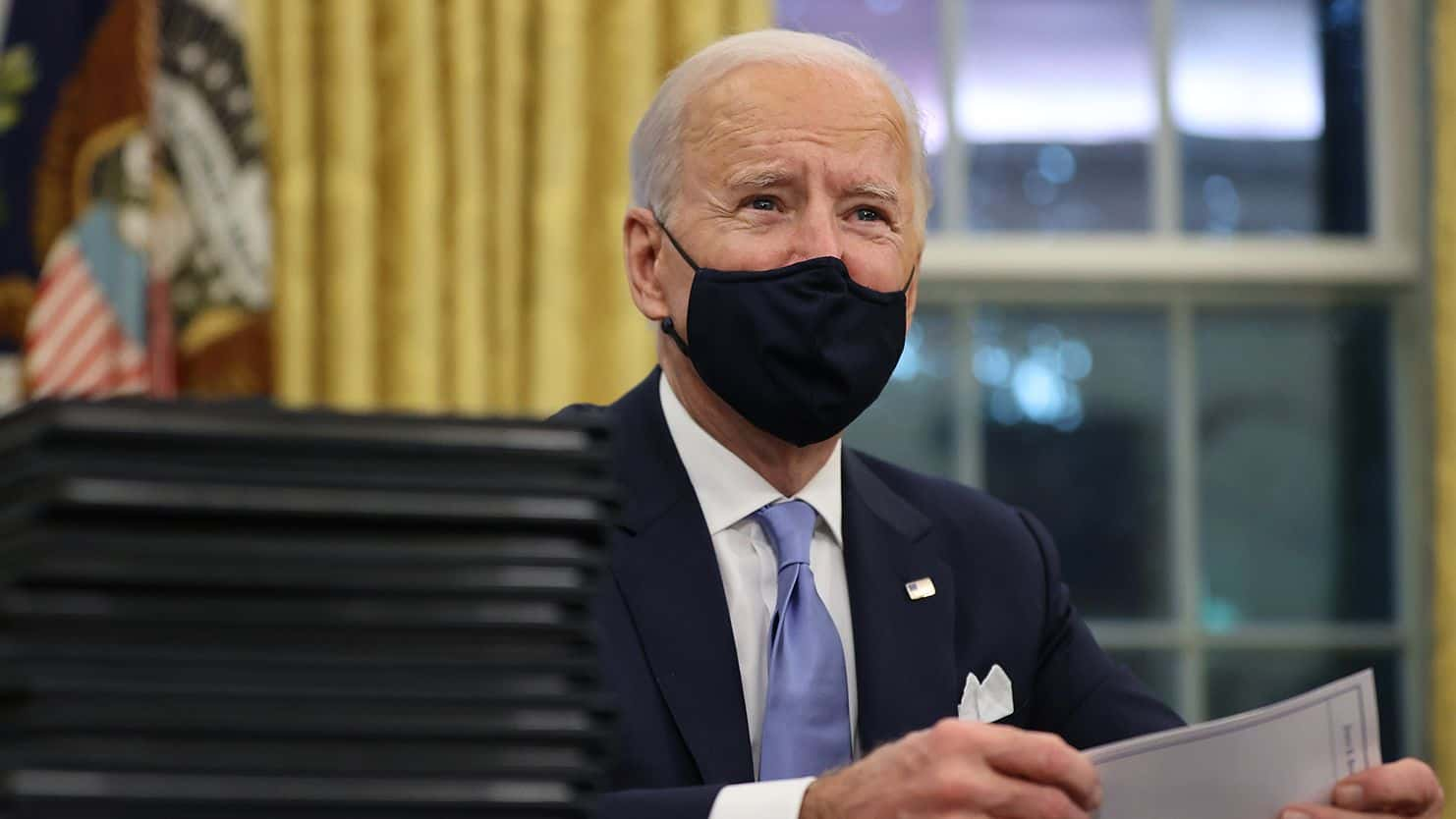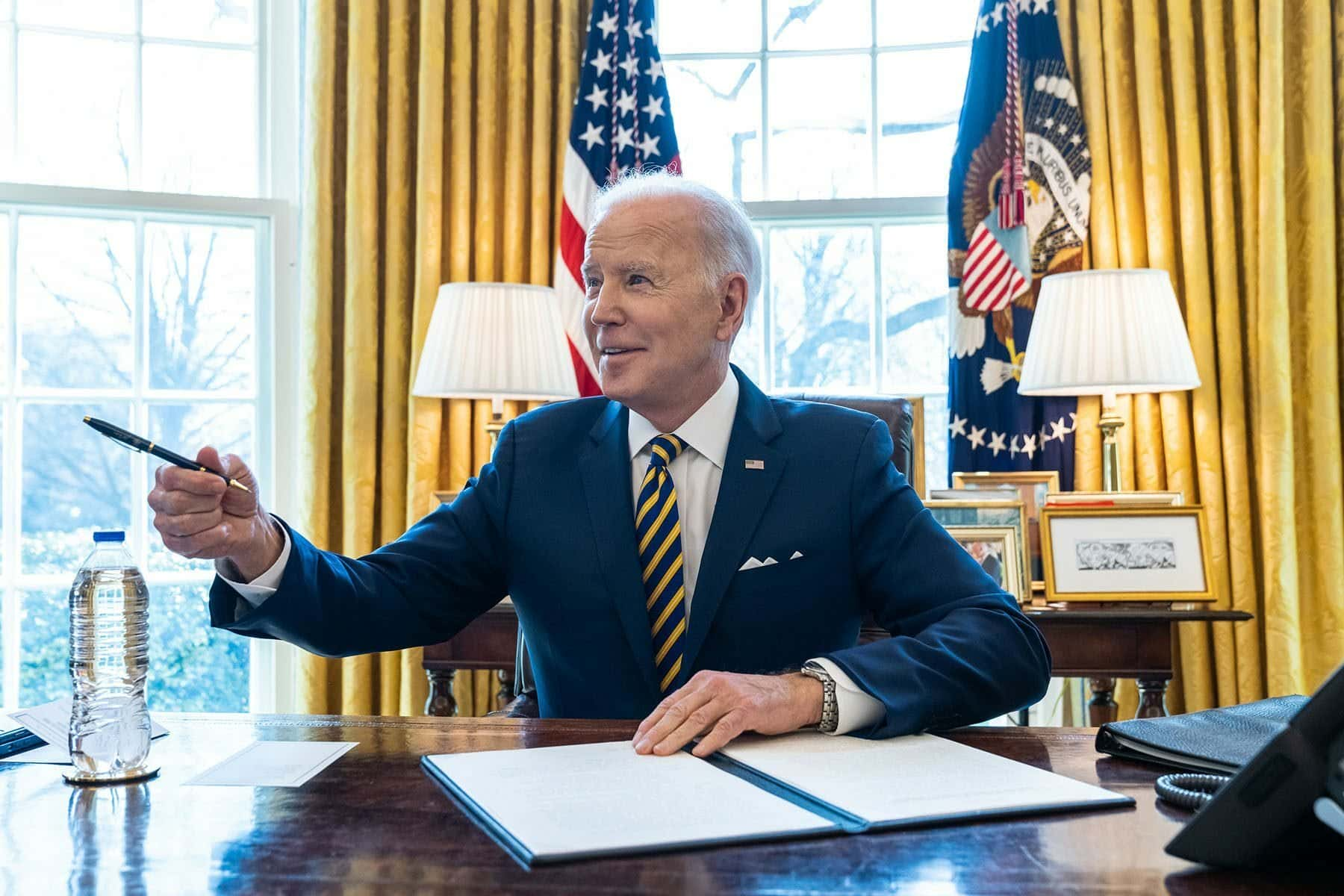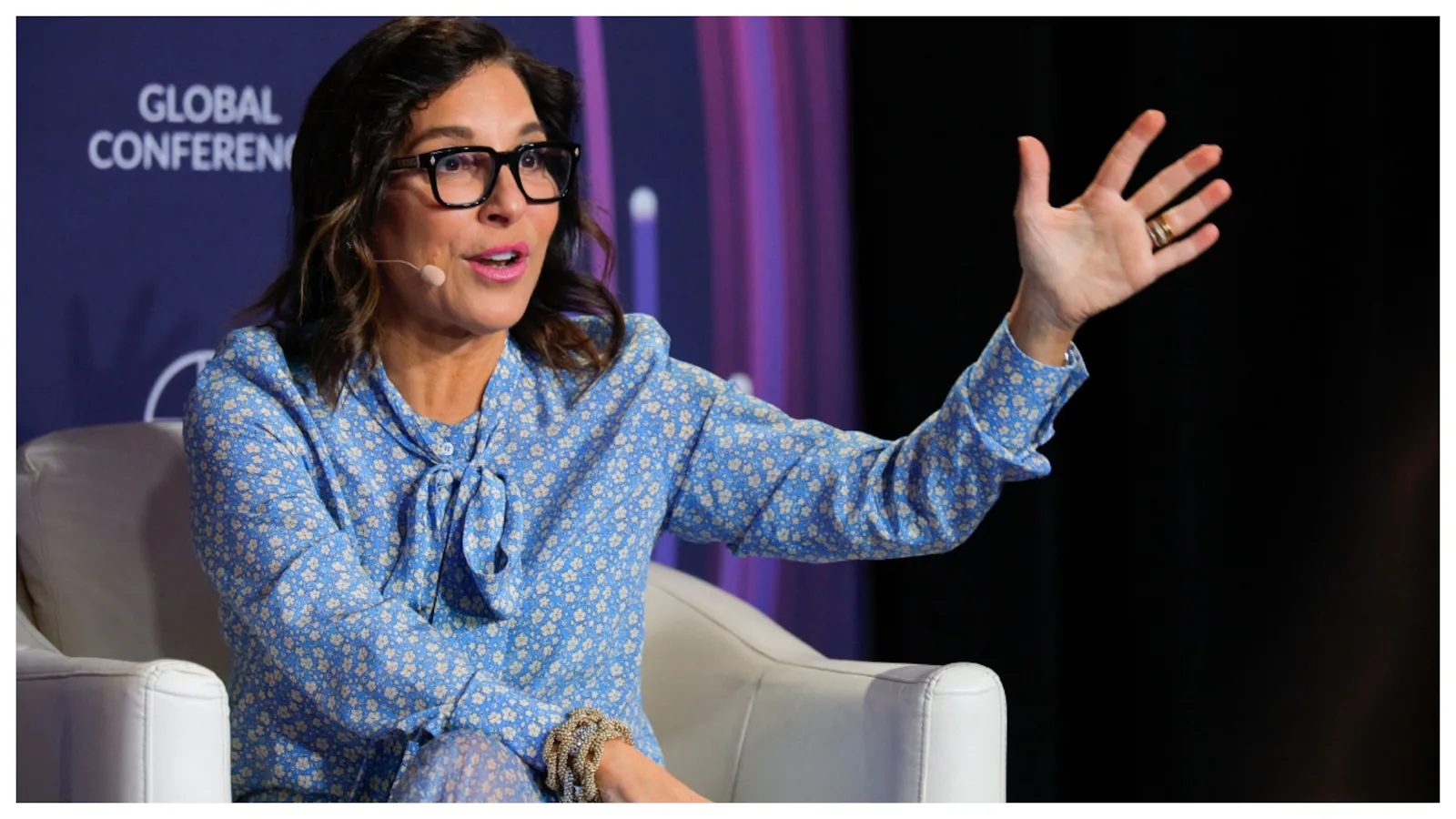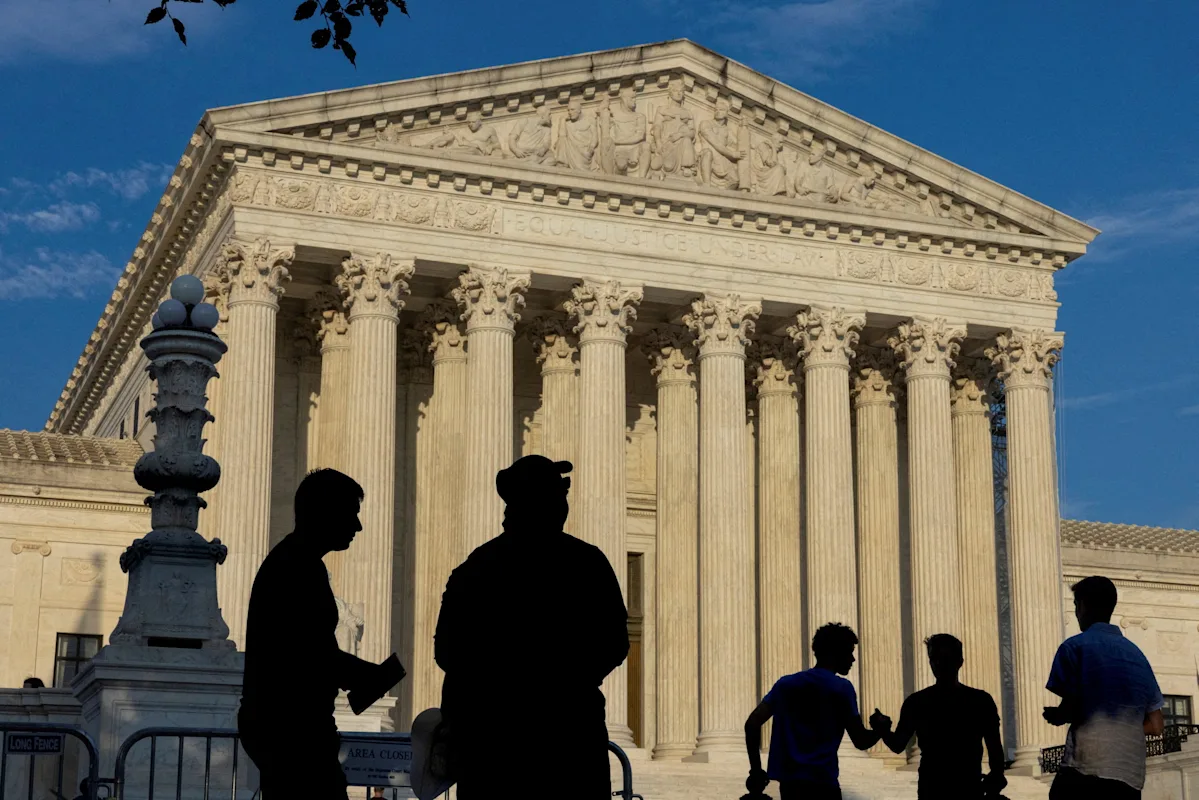President Joe Biden is set to sign an executive order aimed at boosting compensation for care workers, providing support for family caregivers, and expanding affordable care options.

Provisions Inside the Executive Order
The order will comprise 50 directives that will be issued to federal agencies. The announcement was made by domestic policy adviser Susan Rice, who stated that the long-term care and childcare systems in the US do not work effectively. She added that despite the vital and complex roles they play, care workers, who are mainly women, women of color, and immigrants, are among the lowest-paid workers in the country.
The executive order directs federal agencies to identify which grant programs can support child care and long-term care for people working on federal projects, according to an article published in The Hill.
The Office of Personnel Management will also review its subsidy policies and consider setting standards for how agencies provide childcare subsidies. The Defense Department will work towards making child care on military installations more affordable.
The executive order will direct the Department of Veterans Affairs to improve access to home-based care for veterans who require help with daily living activities. Additionally, the Department of Health and Human Services will streamline the process for American Indians and Alaska Natives to access child care. Furthermore, the order will increase pay and benefits for teachers and staff of Head Start programs.
READ ALSO: Richmond To Offer $500 Monthly Stipend To Struggling Families For Third Time
Guidance Under the Executive Order
The Department of Labor will publish a sample employee agreement to ensure that all parties understand their rights. While there is no dollar amount associated with the executive order, it seeks to utilize federal funds more effectively in the childcare space.
The order directs HHS to issue guidance to improve the quality of home care jobs, including by leveraging Medicaid funding. The agency will consider testing a new dementia care model that will include short-term help to give a primary family caregiver a break.




